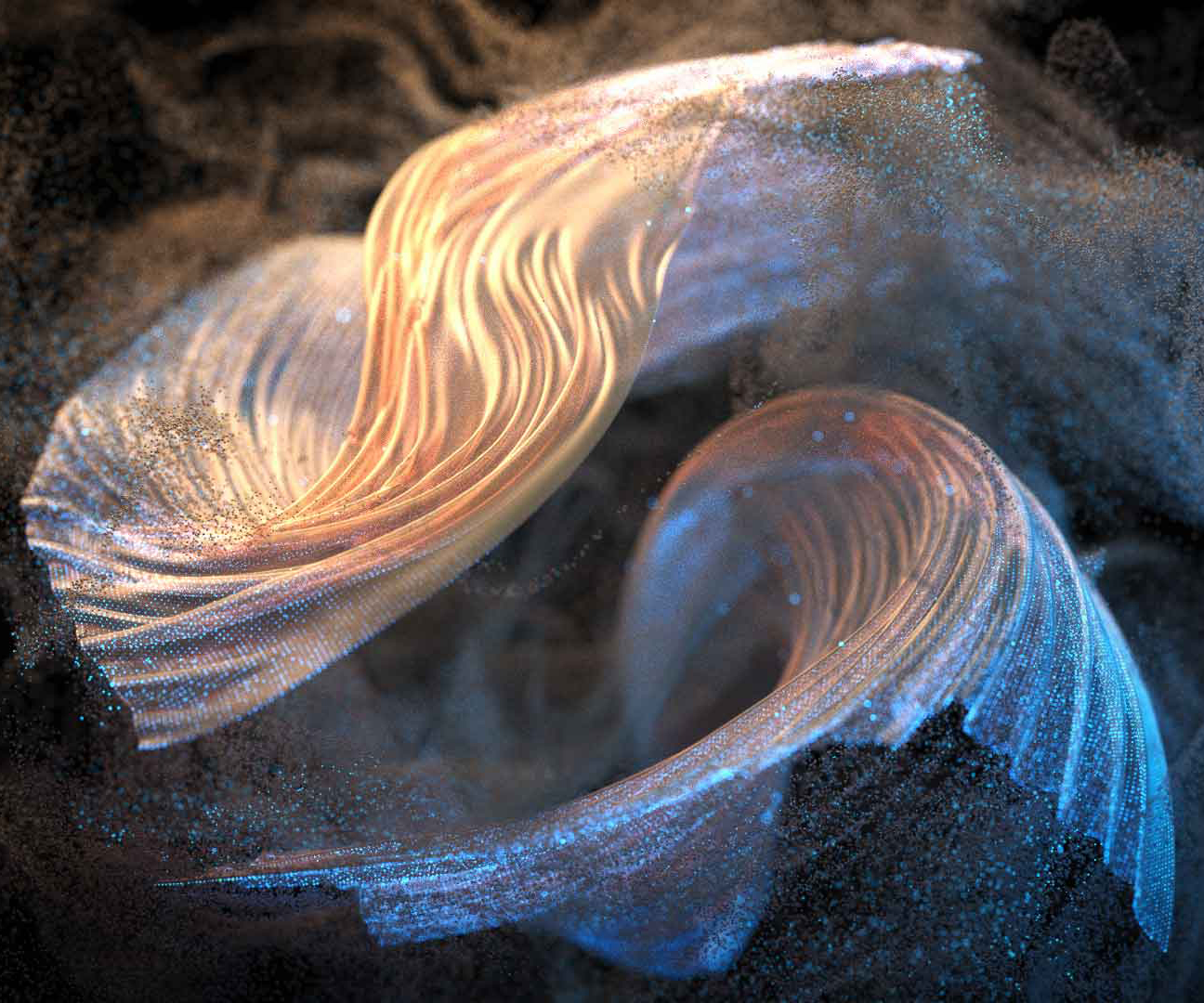
Nasal polyps (benign nasal growths that contain mucus). Deformity of the bony partition between the two nasal passages. Some people have bodily defects that contribute to sinus infection. 
The tiny hair-like “sweepers” become blocked when infections or allergies cause tiny nasal tissues to swell. This continual process is a normal body function.Ī sinus infection stops the normal flow of mucus from the sinuses to the back of the throat. From there, it slides down to the stomach. Tiny hair-like projections in the sinuses sweep the mucus (and whatever is trapped in it) towards openings that lead to the back of the throat. Normal sinuses are lined with a thin layer of mucus that traps dust, germs and other particles in the air. In rare cases, it can spread to the brain.
Behind the nose directly in front of the brainĪn infection of the sinus cavity close to the brain can be life threatening, if not treated. On either side of the bridge of the nose. Within the bony structure of the cheeks. A sinus infection lasting longer than eight weeks is considered chronic. Some people with allergies can have “allergic fungal sinus infection.” Acute sinus infection lasts three to eight weeks. People with weak immune systems are more likely to develop bacterial or fungal sinus infection. Sometimes, viruses and fungi (molds) cause it. It is often caused by bacterial (germ) infection. Sinusitis is an inflammation of the sinuses. By stopping a sinus infection early, you avoid later symptoms and complications. In most cases, sinus infection treatment is easy. 
If you think you have a sinus infection, see your allergist for proper diagnosis. It often requires treatment with antibiotics (drugs that kill the germs causing the infection). Unlike a cold, a sinus infection symptoms may be caused by bacterial infections. Many symptoms are the same, including headache or facial pain, runny nose and nasal congestion.

Why refer your patients to an allergist?Ī bad cold is often mistaken for a sinus infection.







 0 kommentar(er)
0 kommentar(er)
